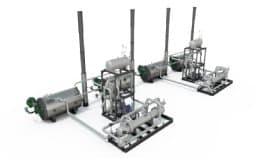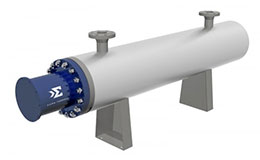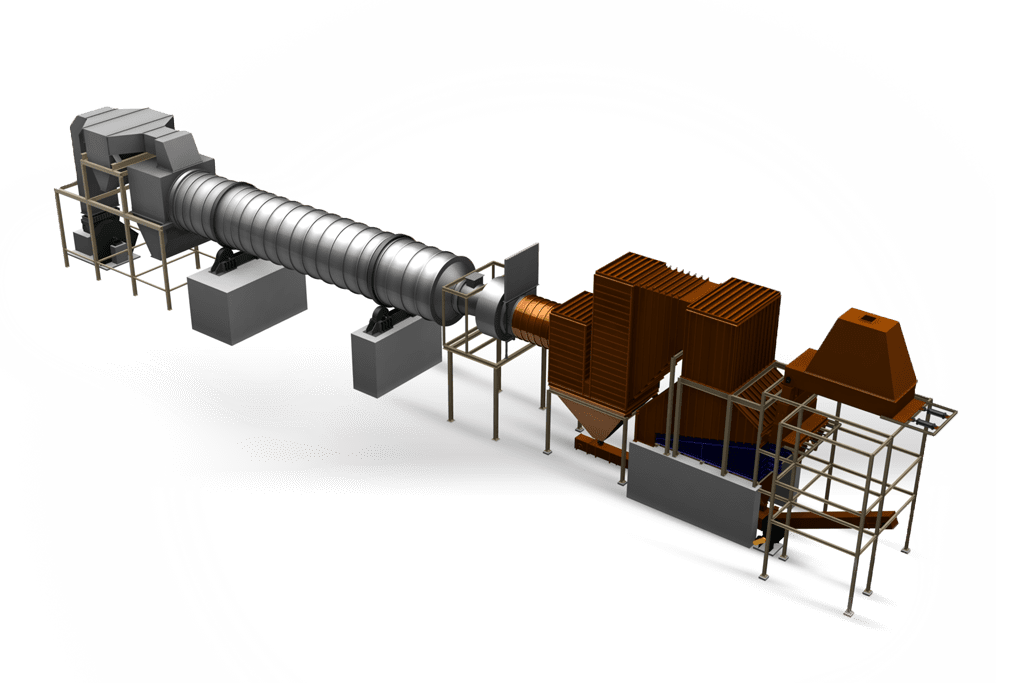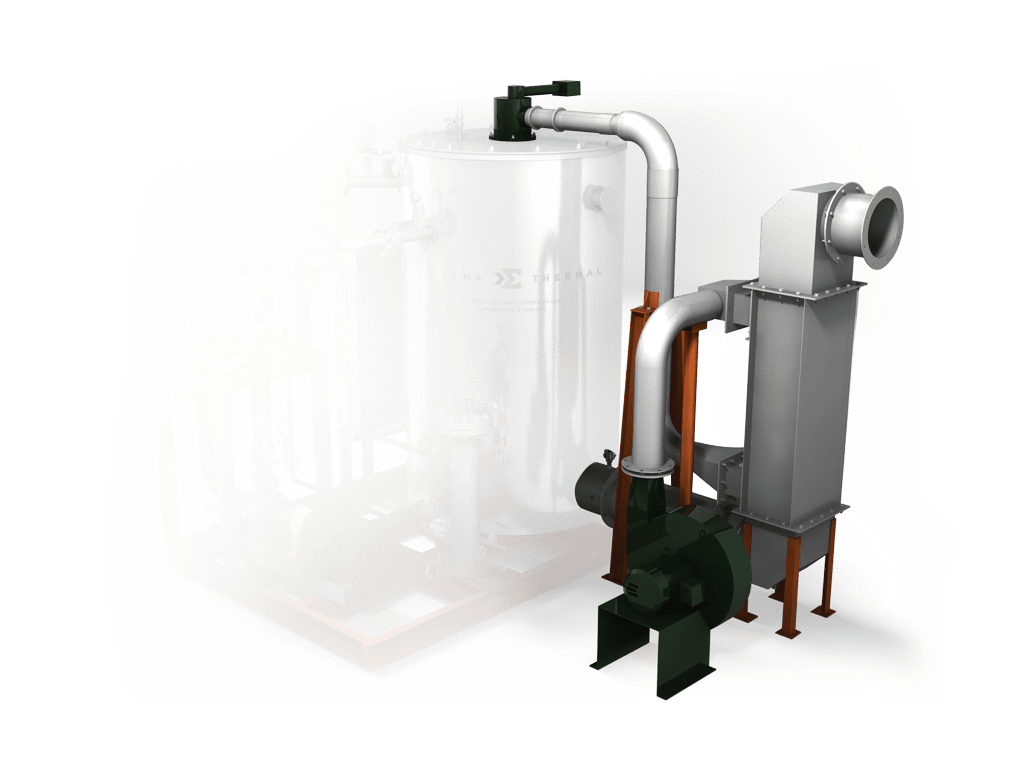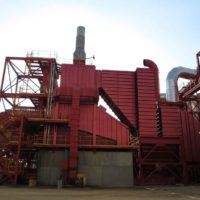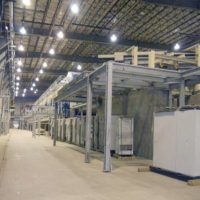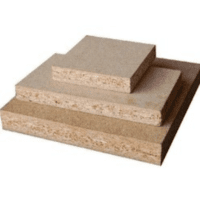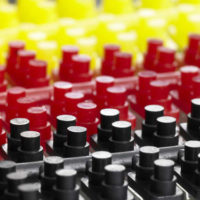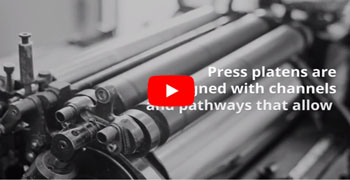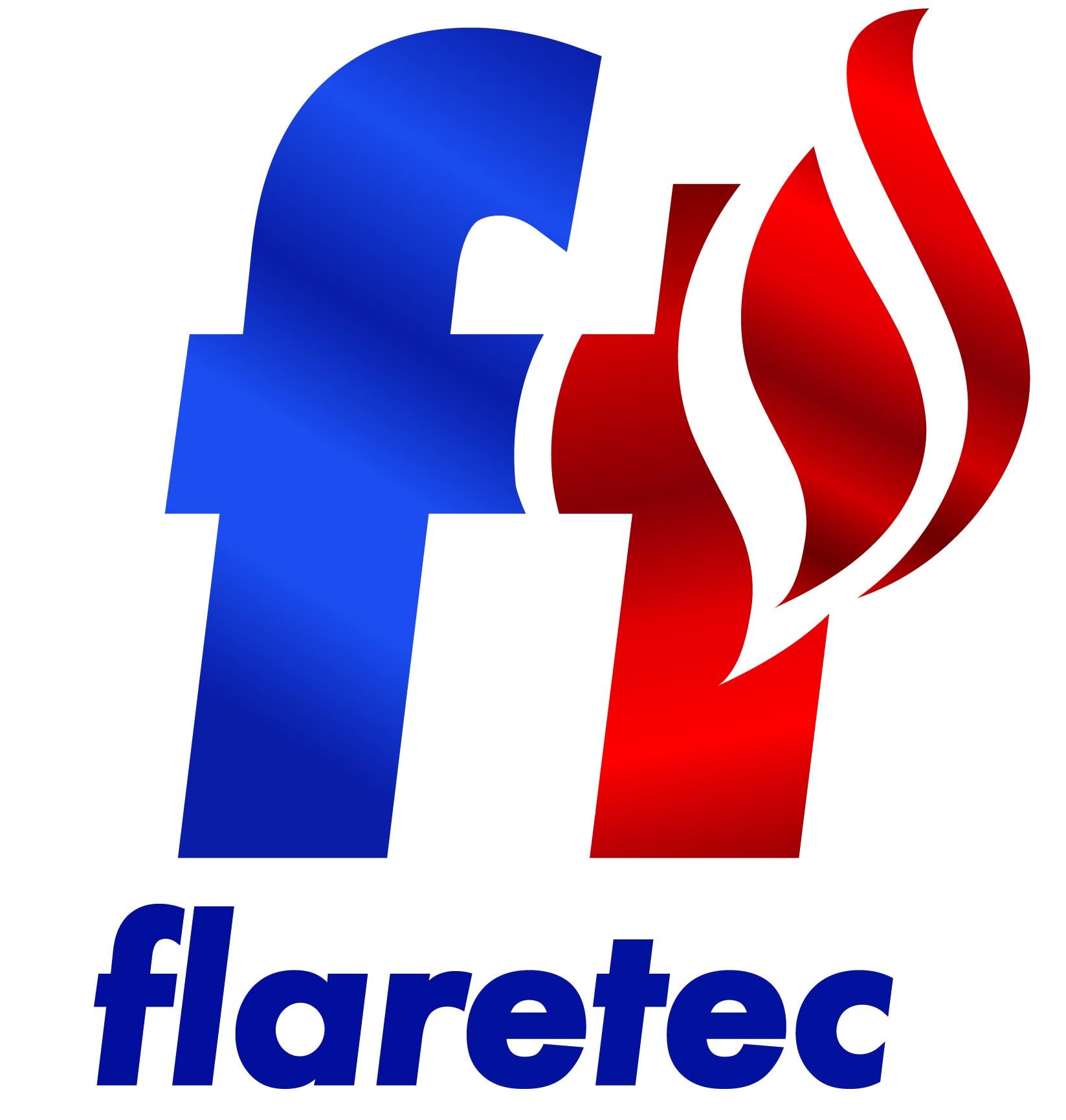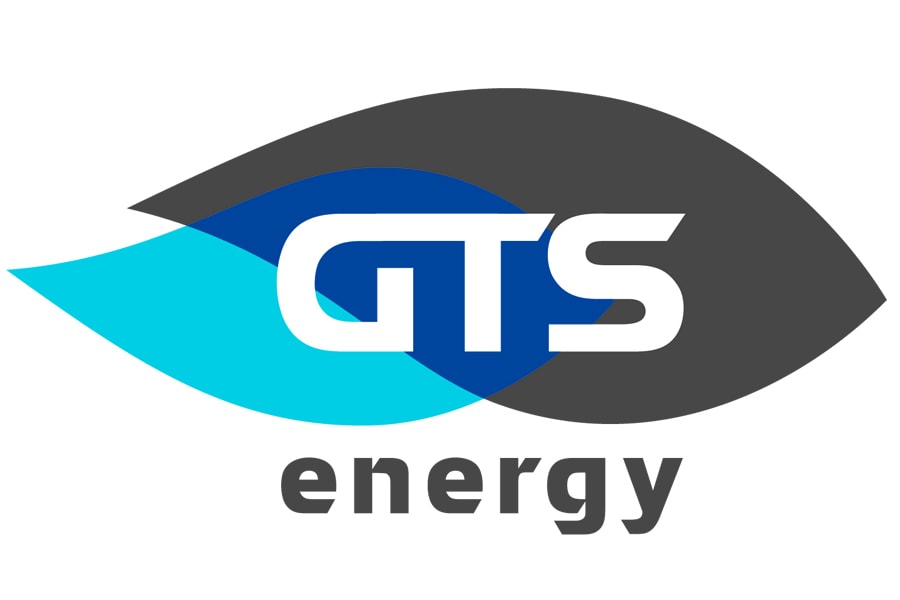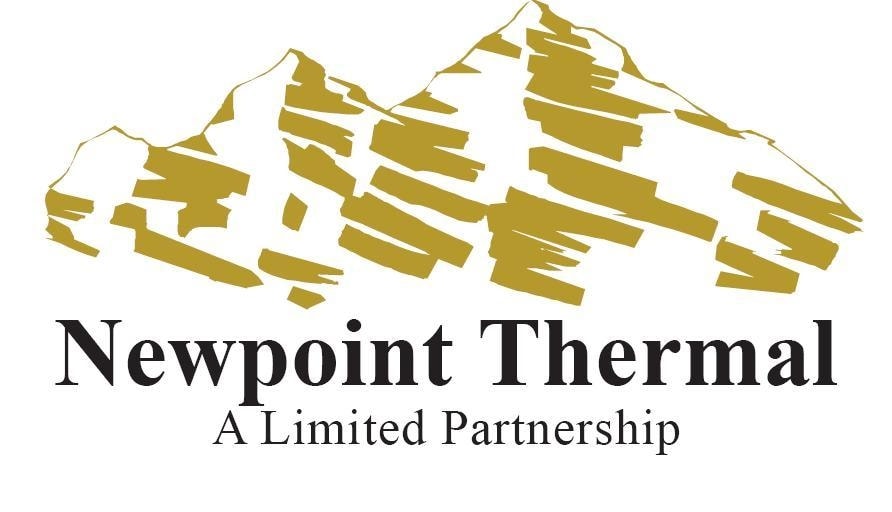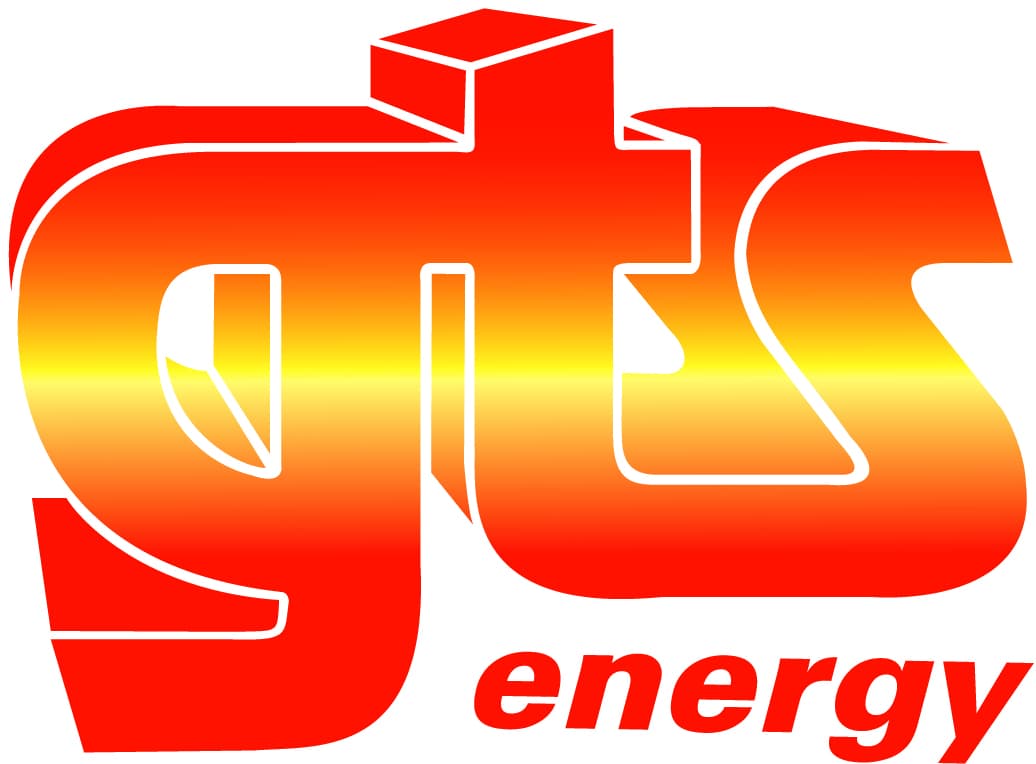Presses
The combination of heat and mechanical pressure is frequently an integral part of many manufacturing processes.
Press platens are designed with channels and pathways that allow for a heat medium to pass through, deposit, and transfer its energy through the platen to the product within. OSB, MDF, and melamine line presses are common within the wood products industry. Fossil fuel-fired and biomass-fired hot oil systems are commonly used in combination with high flow secondary circulation loops to minimize platen thermal gradients. The use of hot oil within the biomass system permits high operating temperatures at relatively low design pressures.
Product and Services for this Application
Printed circuit boards are commonly manufactured using heated press platens too. The injection molding industry also utilizes a process that pre-heats rubber so it can be molded under significantly higher pressure. This innovation has become one of the most efficient methods of manufacturing rubber products. As high tech composites gain more widespread use, the demand for heated platen compression molding equipment continues to grow. In addition to forming molds, heated platen presses are used to imprint designs or graphics onto a substrate, which requires the application of controlled heat and pressure for a preset period of time. Electric heaters provide the uniform heat distribution and temperature control demanded by molding, bonding, and lamination, while our oil heaters can meet the high heat requirements of composite molding.
At Sigma Thermal, we offer several technologies that all offer a high level of thermal stability for all manner of press and press platen applications. Our application engineers can help you decide which type of heating is best suited to your application and provide a solution for delivering consistent thermal patterns that promote operational efficiency and high product integrity.





